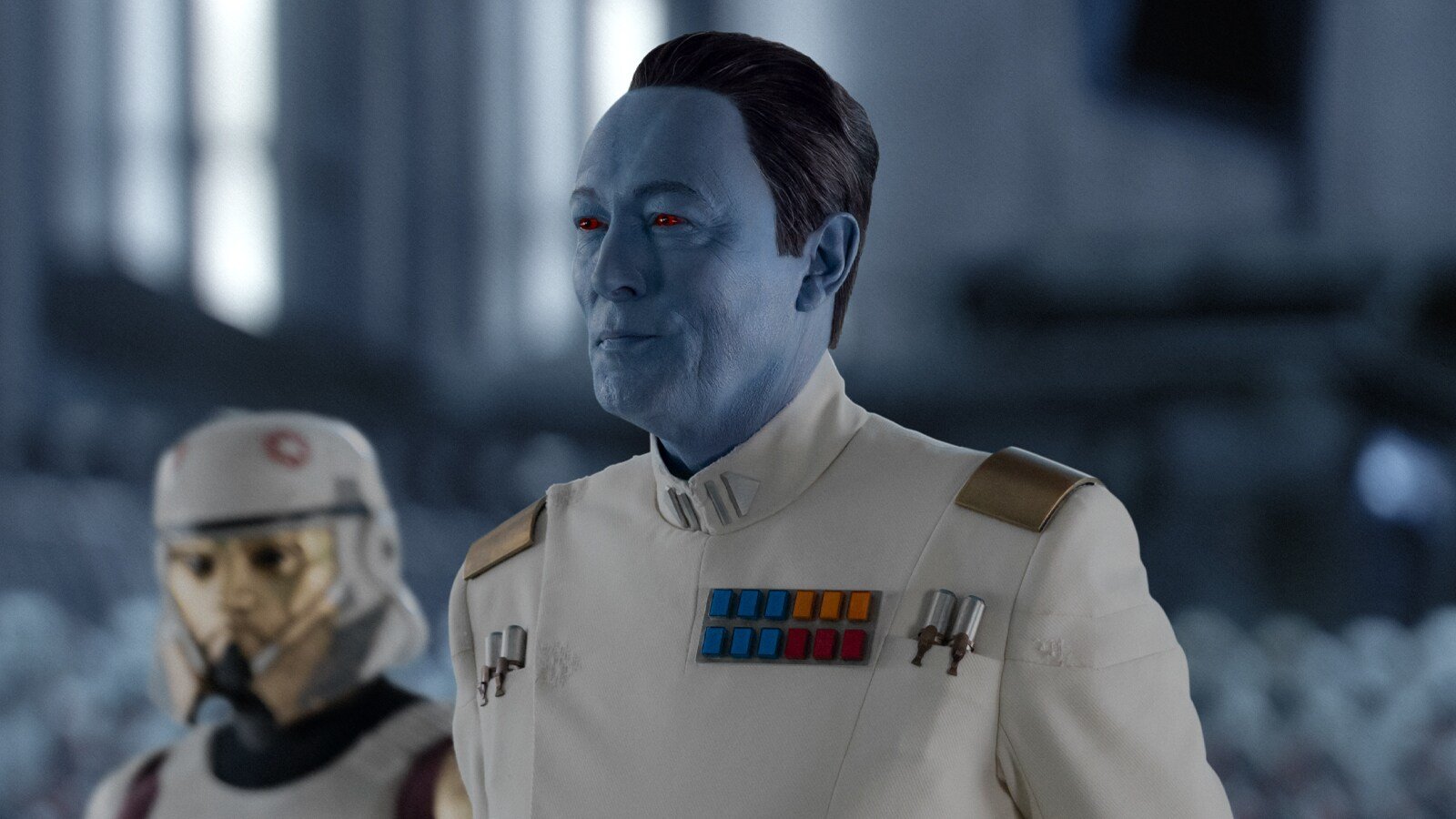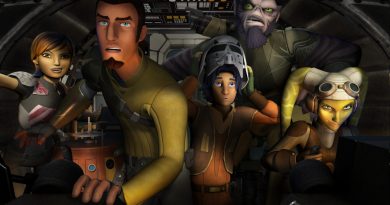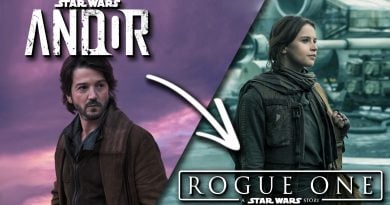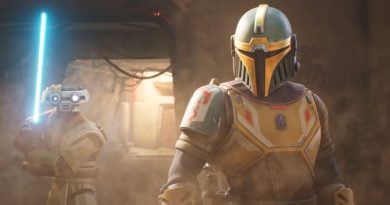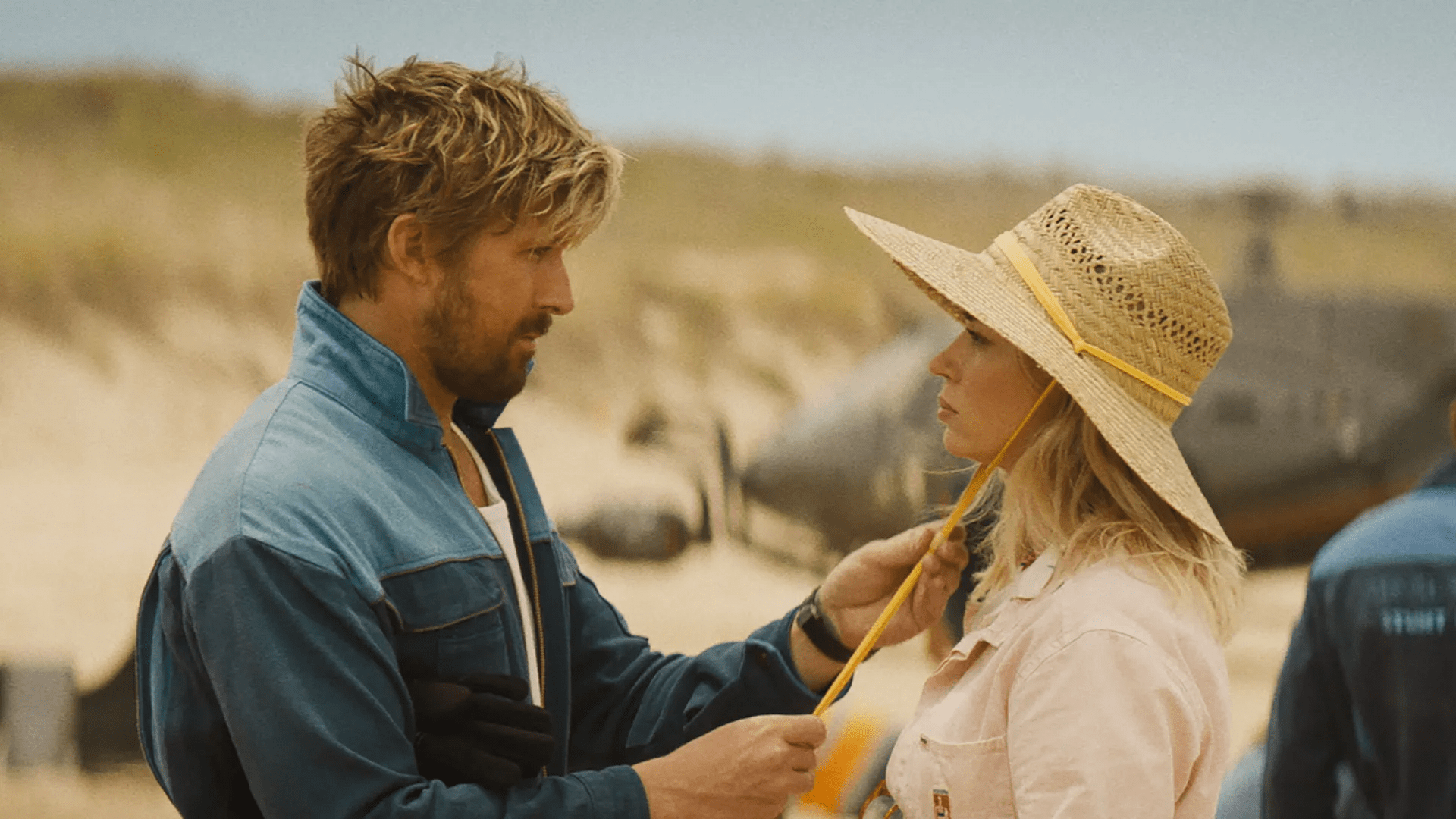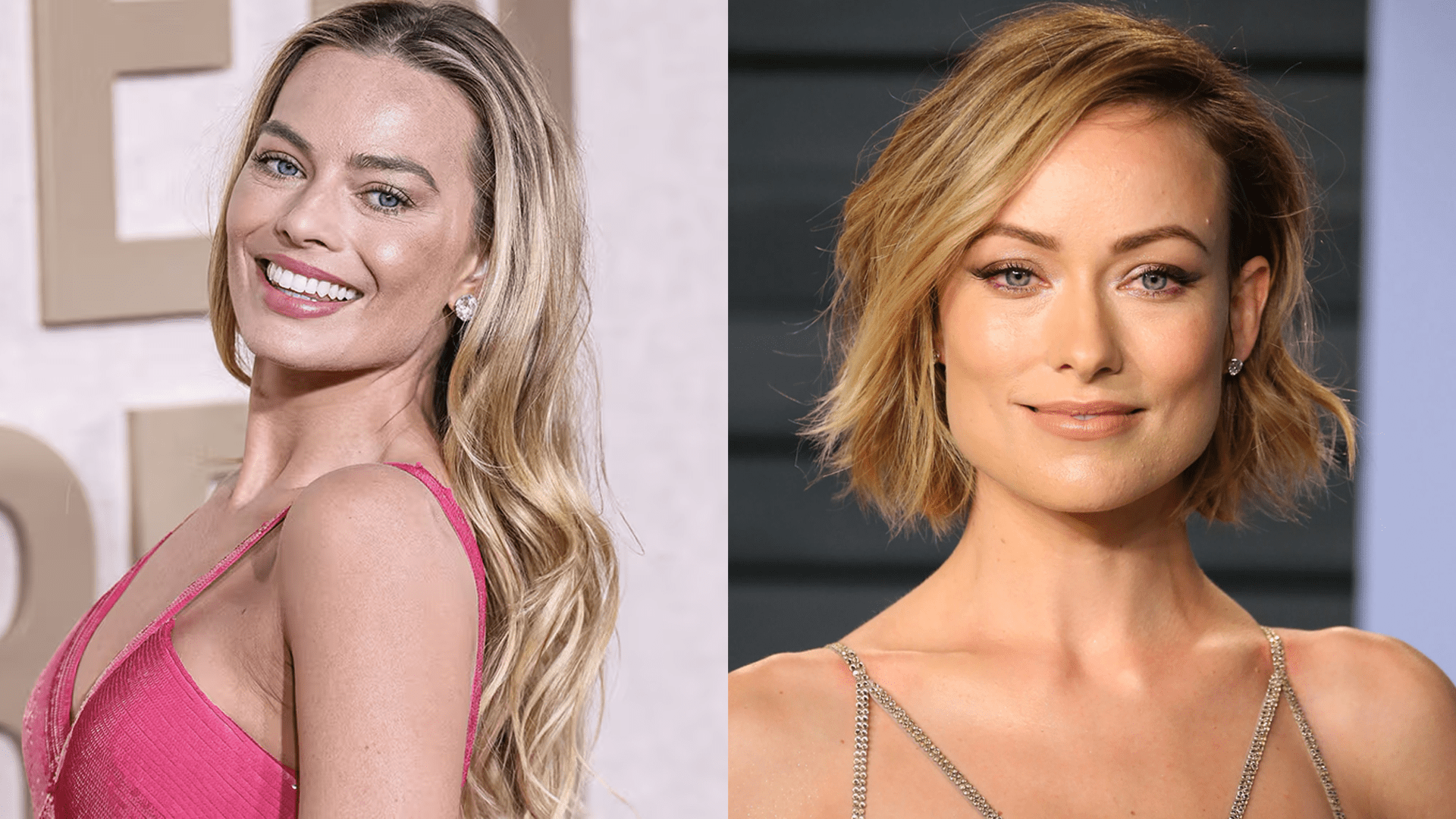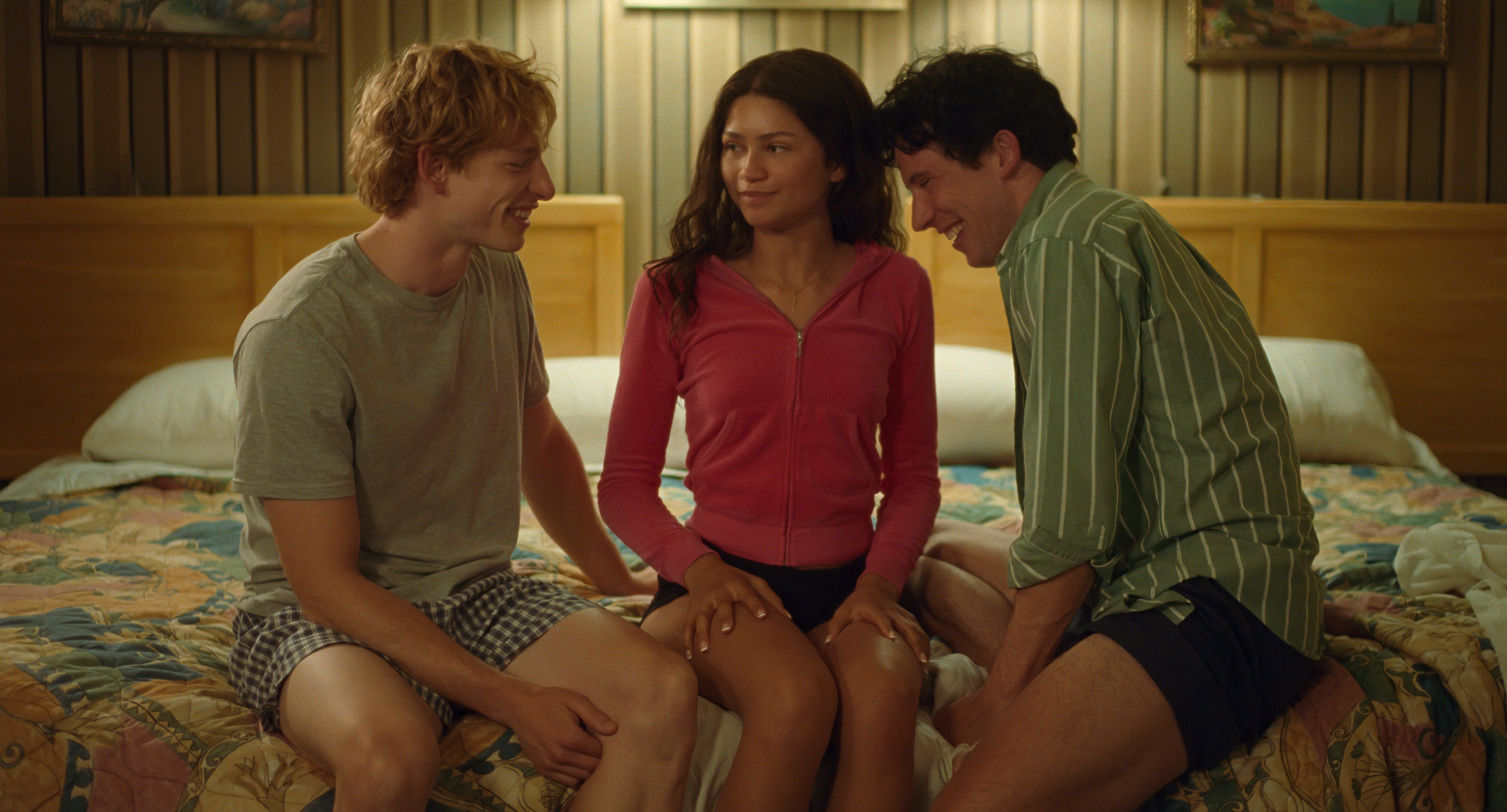‘Ahsoka’ Cinematographer Eric Steelberg Discusses Bringing Show to Life Visually, Working With Dave Filoni
With season 1 of Ahsoka now complete, cinematographer, Eric Steelberg, discussed with CBR what it was like to bring the show to life on camera and the collaborative process between him and series creator Dave Filoni. Steelberg is credited as the cinematographer and director of photography on many movies and TV shows including Juno, 500 Days of Summer, Ghostbusters: Afterlife, and Hawkeye.
One of the most applauded aspects of Ahsoka is the series’ cinematography. It’s an aspect I praised in my review of Ahsoka Season 1, especially “Part 6: Far, Far Away,” which was shot by Steelberg. Ahsoka is Steelberg’s first time working on a Star Wars project. For him, he described the team effort and the project itself as “a dream come true.”

Steelberg was asked to describe the first scene and last scene he shot for the series. His response provides an interesting look into the collaborative nature of shooting for Star Wars, and how events had to be shot out of order:
“The first scene that I shot was from Episode 2, where they’re up in the control room above the shipyard. They walk in and talk with Myn Weaver about who could give them the authority to get that ship that’s taking off. That was the first two days of the shoot and in our virtual set, the Volume, which was my first time with that …
I was just thrown into the deep end and absolutely terrified. I didn’t sleep the night before and felt sick to my stomach from the stress of it, both the technical [aspects] and that I couldn’t believe I was here doing this. That was the first scene we did and, by the end of it, I felt great and totally at home. Everybody was wonderful and helped me along with the technical stuff of the virtual environment.
The last thing I did was shoot Eman Esfandi on a green screen, doing his visual effects shot as the hologram that appears in Episode 1, when Sabine goes to her room in the tower and pulls out the holodisc and plays the message. Those shots of Eman were the last things that I shot, which I think was the second-to-last day of the entire shoot because we had to cut his hair and everything to make sure everything was finished, which was a great day to end on. He got very emotional shooting it …”

Steelberg also commented on some of the prep work before shooting. He was asked whether or not previous shows like The Mandalorian and Star Wars: Rebels were looked to for inspiration, and he stated that they were sources. However, it was also important to look back at the classics:
“There were definitely talks about what they were doing in The Mandalorian in all the seasons and even about what worked in The Book of Boba Fett and Obi-Wan Kenobi — wanting to make our show feel like it’s in the same universe while giving it its own identity.
We’re huge fans of the original trilogy; that’s what I grew up with, what I was essentially born into and has always been my touchstone and my home base for the look of this show, both creatively and tonally. It’s well-documented that Dave is a huge [Akira] Kurosawa fan in the same way that George Lucas was. We talked a lot about Akira Kurosawa’s movies, all of them.”
Speaking of Dave Filoni, Steelberg also provided his feelings about working with Filoni and the other directors. He had nothing but glowing praise for all the directors who he cites as sources of strength to get through the difficult challenges:
“They’re all incredibly collaborative … [Dave’s] got such a wonderful take and handle and understands that Star Wars is supposed to be fun. It means so much to so many different people in so many different ways and that’s not lost on him. It’s the best version you can imagine of having someone in charge: direct, be kind, collaborative, inspirational and get the best out of their crew because we work very long days.
[Ahsoka is] the hardest thing that I’ve ever worked on. A lot of days we’d have two separate crews working on different scenes, and Dave would be bouncing between sets, managing it all and talking with the directors. It was a big job and he was our rock; I can’t say enough good things. I worked with Dave, Peter Ramsey, Jennifer Getzinger, Steph Green — I worked with all of them because even if it wasn’t my episode, we’d still shoot certain scenes. I’m not credited for Episode 8, but I still shot a couple scenes on it and they’re all fantastic.
Peter, with his background in animation, was great to work with and very similar to Dave in shooting all those lightsaber fights in Episode 4 … Steph Green, who did an episode of The Book of Boba Fett, she was great to work with. Her and Jennifer Getzinger are both very seasoned television directors … Everybody just wanted to make sure we were doing the best, most flavorful version of Star Wars.
That’s a thing that they were talking about on set daily: if it felt like Star Wars. They were asking me to make it feel like Star Wars … because the Star Wars brand is a thing. It’s not Star Trek, Blade Runner or any of these other shows that have been inspired by Star Wars. It’s easy to go off-track, I think, but nailing something that still feels like Star Wars is a pretty good feeling.”

Finally, when discussing the technical aspects of Ahsoka, Steelberg was asked how he shot Thrawn’s entrance. He emphasized the large amount of pre-visualization work including the use of VR headsets to understand how to properly film the scene:
“We pre-visualized every episode — essentially shooting them in the computer with VR cameras and headsets — and edited every episode before we filmed them. We spent eight months doing that, figuring out what we would need to build and shoot. It was an interesting process that I had never done before. When you read the script for Episode 6 with Thrawn’s arrival, you realize that this is a big deal. [laughs] The importance of this was not lost on me, so how do we visually give this thing weight, importance and gravity, even for people who are unfamiliar with the story? …
One of my proudest contributions was making this ship arrive — how do you make that a thing and create that build-up? The idea of the shadow, with the henge on top, where the camera booms up and reveals the ship coming over it… I was really proud of that and excited about that. I think that worked particularly well with the sound effects and score.
It was also about driving people crazy. Everybody’s been waiting to see [Thrawn], and you’re still delaying it a little bit by showing him from behind and with his feet, and then you finally give it to them. It was all about the build-up and a lot of fun to do.”
In other related news, Ariana Greenblatt, the actress responsible for portraying young Ahsoka Tano in Part 5 talked about her research for the role in an interview with Lucasfilm. She explained that she watched The Clone Wars all throughout filming and studied much of Rosario Dawson’s portrayal.
Ariana Greenblatt a stan for #TheCloneWars?
she’s just like me#Ahsoka now streaming on @DisneyPlus.
(Previously recorded.) pic.twitter.com/0uB7FXU9zW— Star Wars (@starwars) October 11, 2023
Ahsoka is now streaming on Disney Plus. If you’d like to hear our thoughts, check out my review of Season 1 of Ahsoka, as well as our roundtable discussion of what may be next for the series.
Born and raised in Hawaii, Jay Goodearl runs the YouTube Gaming channel “Good Games, Dude” His channel aims to open up video games to beginners and immediate players and help them understand what makes games the art form that it is.

